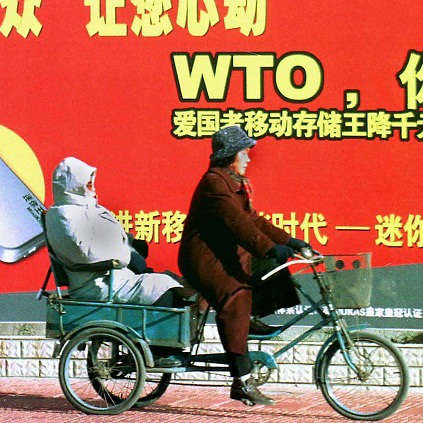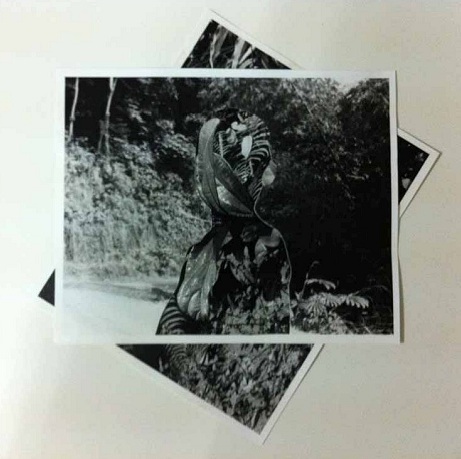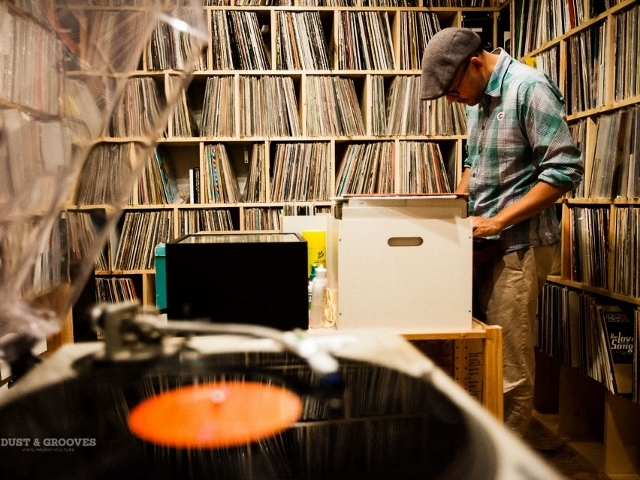It was a banner year for Asian American narrative films.
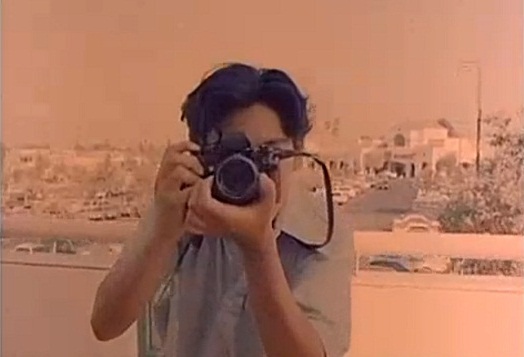
June 12, 2012
AFTER 1989 is a series that reexamines the intersection of race and pop culture during the ’90s.
The mid-1990s were a transitional period for Asian American narrative cinema. The most influential director of the 1980s, Wayne Wang, had moved away from Asian American themes following his 1993 adaptation of Amy Tan’s Joy Luck Club. Several newer filmmakers were emerging, notably Canada’s Mina Shum (Double Happiness, 1994) and the late Kayo Hatta (Picture Bride, 1995). But the real sea change came in 1997, with the arrival of four narrative films, most by first-time directors.
It felt as if the flood gates had been thrown open. Quentin Lee and Justin Lin collaborated on the quirky ensemble film Shopping for Fangs. Chris Chan Lee put a youthful twist on the classic family melodrama in Yellow. Acclaimed experimental filmmaker Rea Tajiri (1991’s History and Memory) released her first narrative, Strawberry Fields. And amateur filmmakers (and cousins) Michael Aki (né Idemoto) and Eric Nakamura crafted a black-and-white slacker piece called Sunsets. The appearance of all four films that year may have been a simple coincidence, but when the quartet debuted at the 1997 San Francisco International Asian American Film Festival, they were dubbed the “Class of ’97,” a nickname that was reinforced as the four traveled, pack-like, to subsequent festivals that year.
The films of the Class of ’97 highlighted the thematic crossroads that Asian American filmmaking had come to by the late ‘90s. Strawberry Fields and Yellow dealt with familiar topics—the traumas of the past and family tensions of the present—but represented a leap forward in terms of artistic style and storytelling method. The other films stretched the definition of “Asian American narrative” even further. Though Shopping For Fangs was a film about identity, using an all-Asian American cast, issues of race and ethnicity were barely touched; instead, the film focused on more humorous and existential explorations of self, from the office worker who suspects he’s a werewolf to the housewife who blacks out and awakens to a second life. Sunsets, meanwhile, had virtually no overt Asian American themes whatsoever. Yet by following a trio of young people whiling away their summer, the film tapped into universally relatable themes about suburban/rural ennui. Collectively, these four films marked a moment in which the older traditions of Asian American narrative were being shed to make room for new and imaginative ideas, styles, and stories.
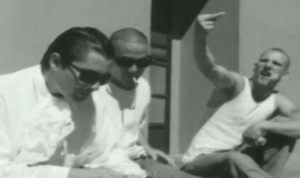
suburban/rural ennui.
Symbolic import aside, the Class of ’97 also planted the seeds for future groundbreaking projects. Watching Sunsets inspired Eric Byler to cast that film’s co-director and star, Michael Aki, in Byler’s own directorial debut, Charlotte Sometimes (2002). John Cho starred in both Yellow and Shopping For Fangs; he’s since become arguably the most visible Asian American actor of his generation. Fangs’ filmmaker Quentin Lee has been prolific in a wide range of narrative genres, including queer/family melodrama (2004’s Ethan Mao) and sex comedy (2009’s The People I’ve Slept With). Meanwhile, Quentin’s collaborator, Justin Lin, has gone on to create acclaimed films with Asian American themes such as Better Luck Tomorrow (2002), when not helming half the movies in the blockbuster Fast and Furious franchise.
Perhaps the most important legacy of the Class of ’97 is how they helped spearhead a new generation of filmmaking, so that now, fifteen years later, the appearance of multiple Asian-helmed narrative films in a single year on the Asian American film festival circuit seems utterly commonplace, if not expected.
This essay is adapted from a previous Class of 1997 piece that the author originally wrote for the 2007 San Francisco International Asian American Film Festival catalog.

